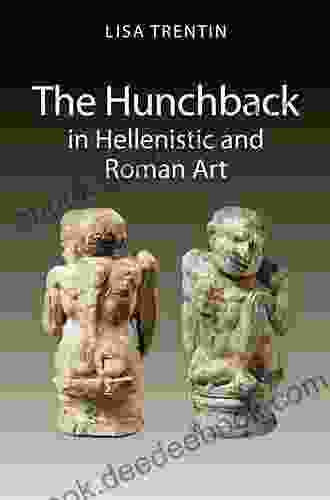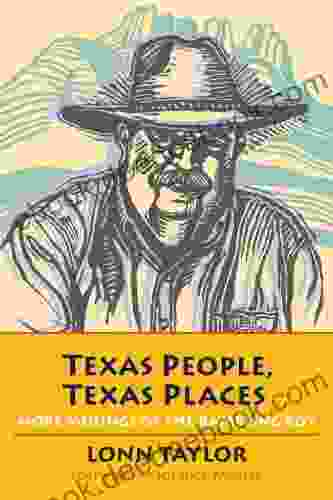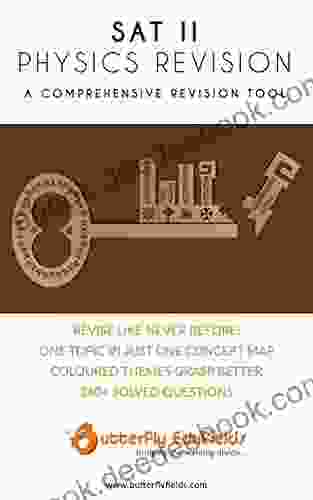What In Your Body Anatomy And Physiology

Our bodies are complex and amazing machines, made up of trillions of cells, tissues, and organs that work together to keep us alive and functioning. The study of human anatomy and physiology helps us to understand how the body works, and how to keep it healthy.
Anatomy
Anatomy is the study of the structure of the body. It includes the study of the bones, muscles, organs, and other tissues that make up the body. Anatomists use a variety of techniques to study the body, including dissection, imaging, and microscopy.
4.4 out of 5
| Language | : | English |
| File size | : | 1336 KB |
| Screen Reader | : | Supported |
| Print length | : | 42 pages |
Physiology
Physiology is the study of the function of the body. It includes the study of how the body's cells, tissues, and organs work together to maintain homeostasis, or a stable internal environment. Physiologists use a variety of techniques to study the body, including experiments, imaging, and computer modeling.
The Human Body
The human body is divided into two main parts: the head and the trunk. The head includes the brain, the eyes, the ears, the nose, and the mouth. The trunk includes the chest, the abdomen, and the pelvis.
The chest contains the heart, the lungs, and the esophagus. The abdomen contains the stomach, the intestines, the liver, and the pancreas. The pelvis contains the reproductive organs.
The human body is also divided into two main systems: the skeletal system and the muscular system. The skeletal system consists of the bones, which provide support and protection for the body. The muscular system consists of the muscles, which allow the body to move.
The Digestive System
The digestive system is responsible for breaking down food into nutrients that the body can use. The digestive system includes the mouth, the esophagus, the stomach, the small intestine, and the large intestine.
The mouth is where food is chewed and mixed with saliva. The saliva contains enzymes that begin to break down the food. The esophagus is a tube that carries food from the mouth to the stomach.
The stomach is a muscular pouch where food is further broken down by acids and enzymes. The small intestine is a long, coiled tube where most of the nutrients from food are absorbed. The large intestine is a shorter, wider tube where water is absorbed from the food. The waste products of digestion are eliminated from the body through the rectum.
The Respiratory System
The respiratory system is responsible for taking in oxygen and expelling carbon dioxide. The respiratory system includes the nose, the mouth, the pharynx, the larynx, the trachea, the bronchi, and the lungs.
The nose and mouth are the openings through which air enters the body. The pharynx is a muscular tube that connects the nose and mouth to the larynx. The larynx is a cartilaginous structure that contains the vocal cords. The trachea is a tube that carries air from the larynx to the bronchi. The bronchi are two tubes that carry air to the lungs. The lungs are two large, spongy organs where oxygen is exchanged for carbon dioxide.
The Circulatory System
The circulatory system is responsible for transporting blood throughout the body. The circulatory system includes the heart, the blood vessels, and the blood.
The heart is a muscular organ that pumps blood throughout the body. The blood vessels are a network of tubes that carry blood from the heart to the body's tissues and organs, and back to the heart. The blood is a fluid that contains red blood cells, white blood cells, platelets, and plasma.
The Nervous System
The nervous system is responsible for controlling the body's movements, thoughts, and emotions. The nervous system includes the brain, the spinal cord, and the nerves.
The brain is the central processing unit of the body. The brain controls all of the body's functions, from breathing to thinking. The spinal cord is a long, thin tube of nerve tissue that runs from the brain down the back. The spinal cord carries messages from the brain to the body's tissues and organs, and back to the brain. The nerves are a network of fibers that carry messages from the brain and spinal cord to the body's tissues and organs, and back to the brain and spinal cord.
The Endocrine System
The endocrine system is responsible for regulating the body's hormones. Hormones are chemical messengers that travel through the bloodstream to different parts of the body. Hormones control a wide range of functions, including growth, metabolism, and reproduction.
The endocrine system includes the pituitary gland, the thyroid gland, the adrenal glands, the pancreas, and the ovaries and testes.
The Immune System
The immune system is responsible for protecting the body from infection and disease. The immune system includes the white blood cells, the antibodies, and the complement proteins.
The white blood cells are cells that fight infection and disease. The antibodies are proteins that bind to foreign invaders, such as bacteria and viruses. The complement proteins are proteins that help the white blood cells to destroy foreign invaders.
The human body is a complex and amazing machine. The study of human anatomy and physiology helps us to understand how the body works, and how to keep it healthy.
4.4 out of 5
| Language | : | English |
| File size | : | 1336 KB |
| Screen Reader | : | Supported |
| Print length | : | 42 pages |
Do you want to contribute by writing guest posts on this blog?
Please contact us and send us a resume of previous articles that you have written.
 Book
Book Novel
Novel Chapter
Chapter Text
Text Reader
Reader Library
Library Sentence
Sentence Shelf
Shelf Synopsis
Synopsis Annotation
Annotation Footnote
Footnote Scroll
Scroll Codex
Codex Tome
Tome Bestseller
Bestseller Narrative
Narrative Autobiography
Autobiography Reference
Reference Encyclopedia
Encyclopedia Dictionary
Dictionary Character
Character Librarian
Librarian Borrowing
Borrowing Stacks
Stacks Archives
Archives Periodicals
Periodicals Study
Study Research
Research Academic
Academic Reading Room
Reading Room Rare Books
Rare Books Special Collections
Special Collections Literacy
Literacy Study Group
Study Group Thesis
Thesis Dissertation
Dissertation Storytelling
Storytelling Awards
Awards Book Club
Book Club Textbooks
Textbooks Beth Ferry
Beth Ferry Carlo Ricci
Carlo Ricci Leonard Cohen
Leonard Cohen Lisa D Delpit
Lisa D Delpit William Deresiewicz
William Deresiewicz Bill Bruford
Bill Bruford Nathan Monk
Nathan Monk Sassafras Lowrey
Sassafras Lowrey Carolyn Harris
Carolyn Harris Swapna Haddow
Swapna Haddow Wade Sikorski
Wade Sikorski Jude Collins
Jude Collins Joseph L Walden
Joseph L Walden Maya And Jello
Maya And Jello Melissa Leapman
Melissa Leapman Michele Clark Jenkins
Michele Clark Jenkins Fabio Meneghini
Fabio Meneghini Frank Wheeler
Frank Wheeler Holly Hook
Holly Hook Elizabeth Gibson
Elizabeth Gibson
Light bulbAdvertise smarter! Our strategic ad space ensures maximum exposure. Reserve your spot today!

 Chuck MitchellInternational Love Supreme: A Captivating Novel of Love, Ambition, and Global...
Chuck MitchellInternational Love Supreme: A Captivating Novel of Love, Ambition, and Global...
 Lawrence BellSimple, Safe, Legal, and Effective Method to Regain Control of Our Government
Lawrence BellSimple, Safe, Legal, and Effective Method to Regain Control of Our Government Abe MitchellFollow ·16.3k
Abe MitchellFollow ·16.3k Joseph HellerFollow ·3.3k
Joseph HellerFollow ·3.3k Hugo CoxFollow ·5.5k
Hugo CoxFollow ·5.5k Salman RushdieFollow ·17.9k
Salman RushdieFollow ·17.9k Mark TwainFollow ·5.9k
Mark TwainFollow ·5.9k Deion SimmonsFollow ·18.2k
Deion SimmonsFollow ·18.2k Nathaniel PowellFollow ·4.4k
Nathaniel PowellFollow ·4.4k Timothy WardFollow ·12.8k
Timothy WardFollow ·12.8k

 E.E. Cummings
E.E. CummingsThe Routledge International Handbook on Fear of Crime
Fear of crime is a serious problem that can...

 Fletcher Mitchell
Fletcher MitchellThe Hunchback in Hellenistic and Roman Art: A...
The hunchback, or kyphosis, is a physical...

 Victor Turner
Victor TurnerA Comprehensive Guide to Needle Felting for Moms:...
Needle felting, a captivating craft...

 Joseph Foster
Joseph FosterWhere is Scandinavia?
Scandinavia is a region in...

 Leon Foster
Leon FosterNovel Shades of Magic: A Masterpiece of Magical...
An Enthralling...
4.4 out of 5
| Language | : | English |
| File size | : | 1336 KB |
| Screen Reader | : | Supported |
| Print length | : | 42 pages |










